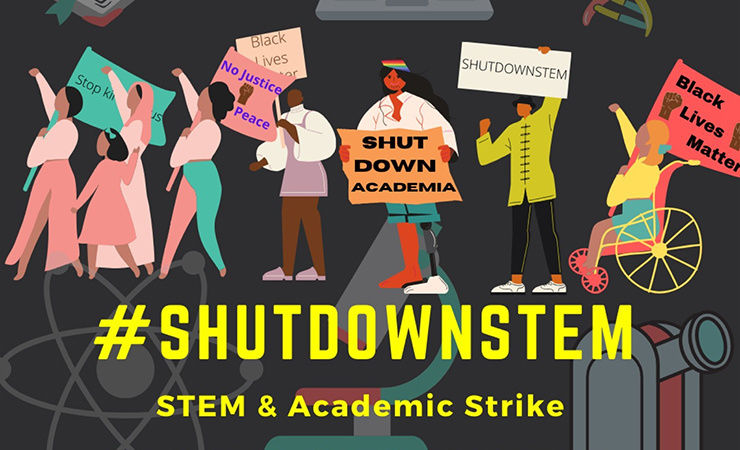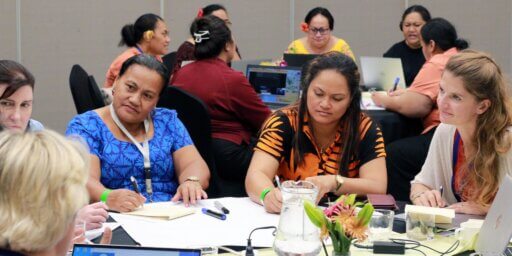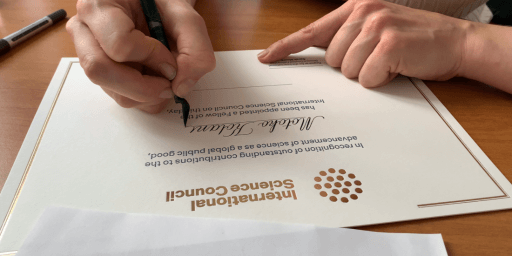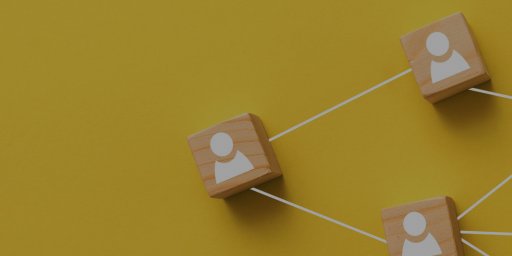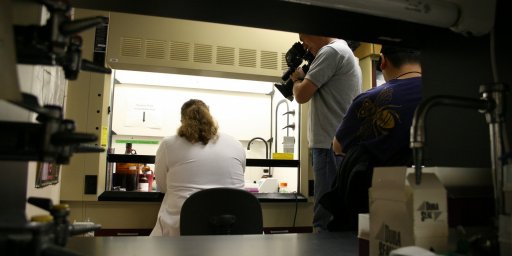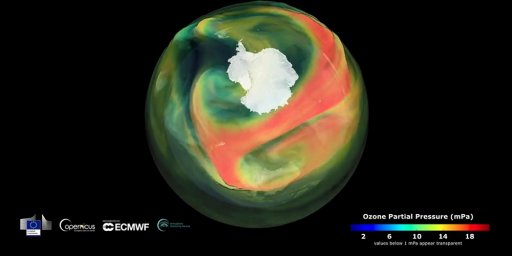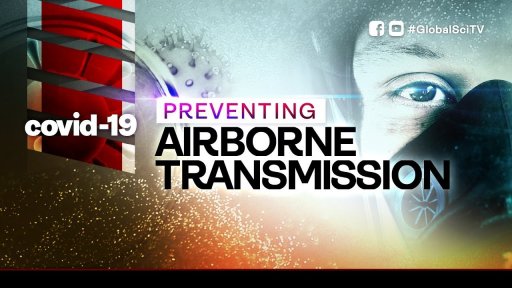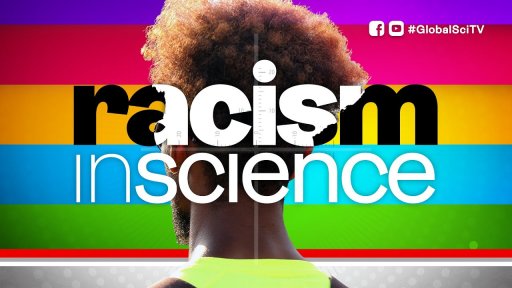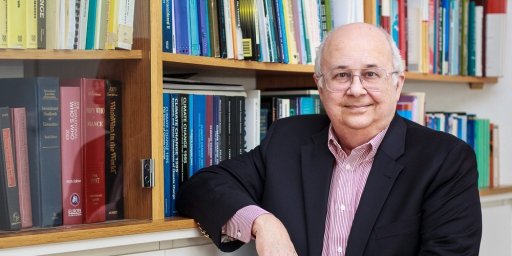The latest 10-minute interview for Global Science TV has been launched. This week, it features Astrophysicist Dr. Brittany Kamai addressing the #ShutDownSTEM movement and global systemic inequalities in science systems. Kamai helped organize academics and scientists around the world to stop work in support of the Black Lives Matter movement.
Full interview: Tune into “Global Science” webshow here:
Brittany Kamai makes the following comments:
On levels of inequality within the field of science…
“It is anti-Black racist narratives that are pervasive throughout the fields that keep people out. Whoever comes in wants to leave. What is really important is to understand what one’s own narratives are. Because what we think as STEM professionals and in academia, turns into the words we say out loud, turns into the emails that we write, the things that we say to our colleagues.”
The role her race has played in her own career…
“All of us start on this path because we are excited about the field and we want to figure out how we can learn what’s happening and keep pursuing our paths. And along my way, I had opportunities to have scholarships for Native Hawaiians. Pursuing STEM, that is something I had as an undergraduate – but I didn’t really understand why those scholarships existed in the first place. I moved to Nashville, and nobody there knows what Native Hawaiian or Polynesian women look like. I immediately started to have conversations about, what is Black? What are the stories of the [United States] South? How do I need to be careful and operate through this space? I had that same conversation when I moved up to Chicago. Because of how I look, I was able to experience and learn.”
On the impact of #ShutDownSTEM…
“This really started as a call to action from the Black Lives Matter leaders who said, bring this into your communities. For us, our communities are STEM: science, technology, engineering, and mathematics. We did the role of bringing it into our space. From inception, we were in partnership with Particles for Justice, and Vanguard STEM, who have done so much work for the Black STEM professional communities to ensure that there’s space, there’s community, there are ways to heal. When you look through our websites, both particlesforjustice.org and shutdownstem.com, you will see that there’s resources that can engage the broad spectrum. It was amazing to see just how many big, huge professional scientific organisations engaged with us”
On moving forward and keeping the conversation going…
“It is your responsibility to come up with a sustainable plan. And that plan needs to be dynamic. That plan needs to be accountable and it needs to be at you. Like, you need to figure out a way to turn this into habits. You need to figure out a way to prioritise it within your days. And so when you bring this into your local communities, within your research groups, within the classes that you’re teaching, you also need to have those conversations about how this is going to be maintained beyond that day.”
See the ISC statement on combating systemic racism and other forms of discrimination: We call on our members and international partners to join us in undertaking urgent action: to gather existing knowledge on discrimination in science; to convene a global dialogue within and beyond the institutions of science; and to agree on additional concrete steps aimed at correcting systemic discrimination in science.
Download full video: https://www.youtube.com/watch?v=6qJqsCJ2yUM
Embed code: <iframe width=”560″ height=”315″ src=”https://www.youtube.com/embed/6qJqsCJ2yUM” frameborder=”0″ allow=”accelerometer; autoplay; encrypted-media; gyroscope; picture-in-picture” allowfullscreen></iframe>
Subscribe to our series: https://www.youtube.com/channel/UCSL1Z5osHy4DOEVByCxh0-A
Media note: This interview is available as a source/reference for news reporting.
